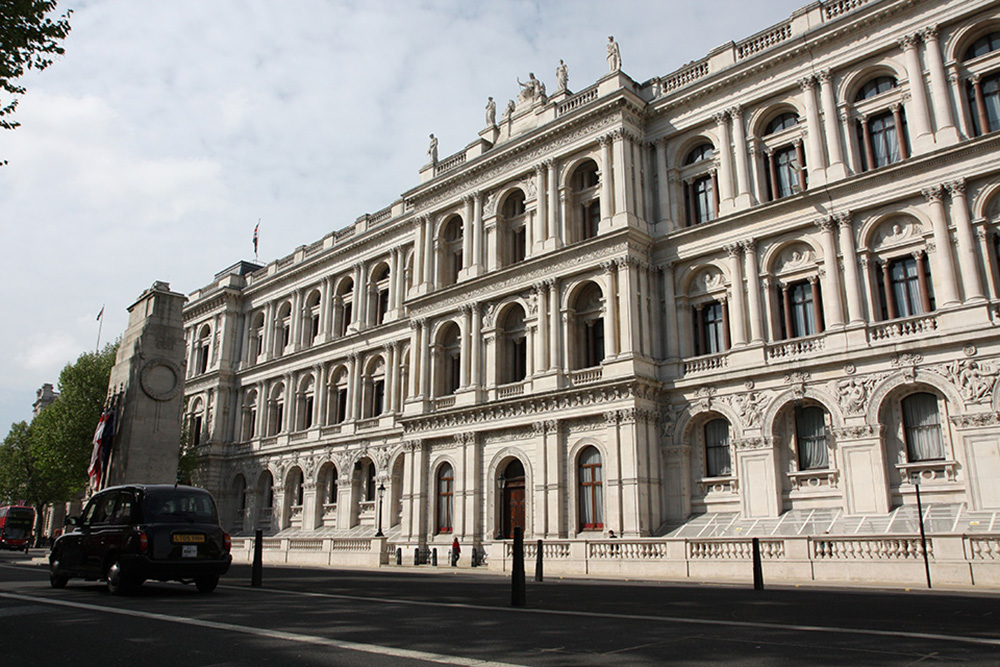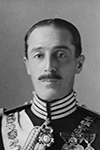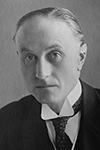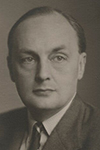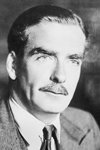Foreign Office Building
The Foreign Office, established in 1782, emerged from the consolidation of Britain’s regional secretariats to centralize foreign affairs. Throughout the 19th century, it played a growing role in imperial diplomacy, often relying on journalistic intelligence to navigate European conflicts and colonial tensions.
Its wartime functions expanded dramatically in the 20th century. During the First World War, the Arab Bureau coordinated British strategy in the Middle East, while in 1922, the Government Code and Cypher School—later GCHQ—was transferred to the Foreign Office, strengthening its intelligence capabilities.
In the Second World War, the Foreign Office was deeply involved in alliance-building, intelligence coordination, and postwar planning. It worked closely with the War Cabinet and intelligence services, shaping Britain’s diplomatic posture toward both Axis and Allied powers. The war also accelerated the professionalization of the diplomatic corps and laid the groundwork for Britain’s postwar role in the United Nations and the emerging Cold War order.
During the Cold War, the Foreign Office operated the Information Research Department (IRD), a covert propaganda unit targeting communism and anti-colonial movements. Monica Milne’s appointment in 1946 as the first female diplomat marked a symbolic shift in the institution’s postwar identity.
In 1968, the Foreign and Commonwealth Office (FCO) was formed, consolidating Britain’s post-imperial diplomatic machinery. Strategic reforms in the 2000s refocused the FCO on counterterrorism, conflict prevention, and multilateral diplomacy, especially in the wake of 9/11 and the Iraq War.
Do you have more information about this location? Inform us!
Source
Nearby
Museum
- Churchill Museum and Cabinet War Rooms - London
- Household Cavalry Museum - London
- London Scottish Regiment Museum - London
Point of interest
- 10 Downing Street - London
- Supreme Court of the United Kingdom - London
- Old War Office Building - London
Monument
- War Memorial Indian Office & Indian Store Depot - Westminster
- The Cenotaph - London
- Memorial Women of World War II - London
Cemetery
- Tomb of the Unknown Warrior in Westminster Abbey - London
- Graves Westminster Abbey - London
- Commonwealth War Grave Savoy Chapel - Westminster (London)
Remembrance Stone
Fortification
- Bunker Admiralty Headquarters (Admiralty Citadel) - London
- Pillbox Clapham Junction - Battersea
- Pillbox Clapham Junction - Battersea
